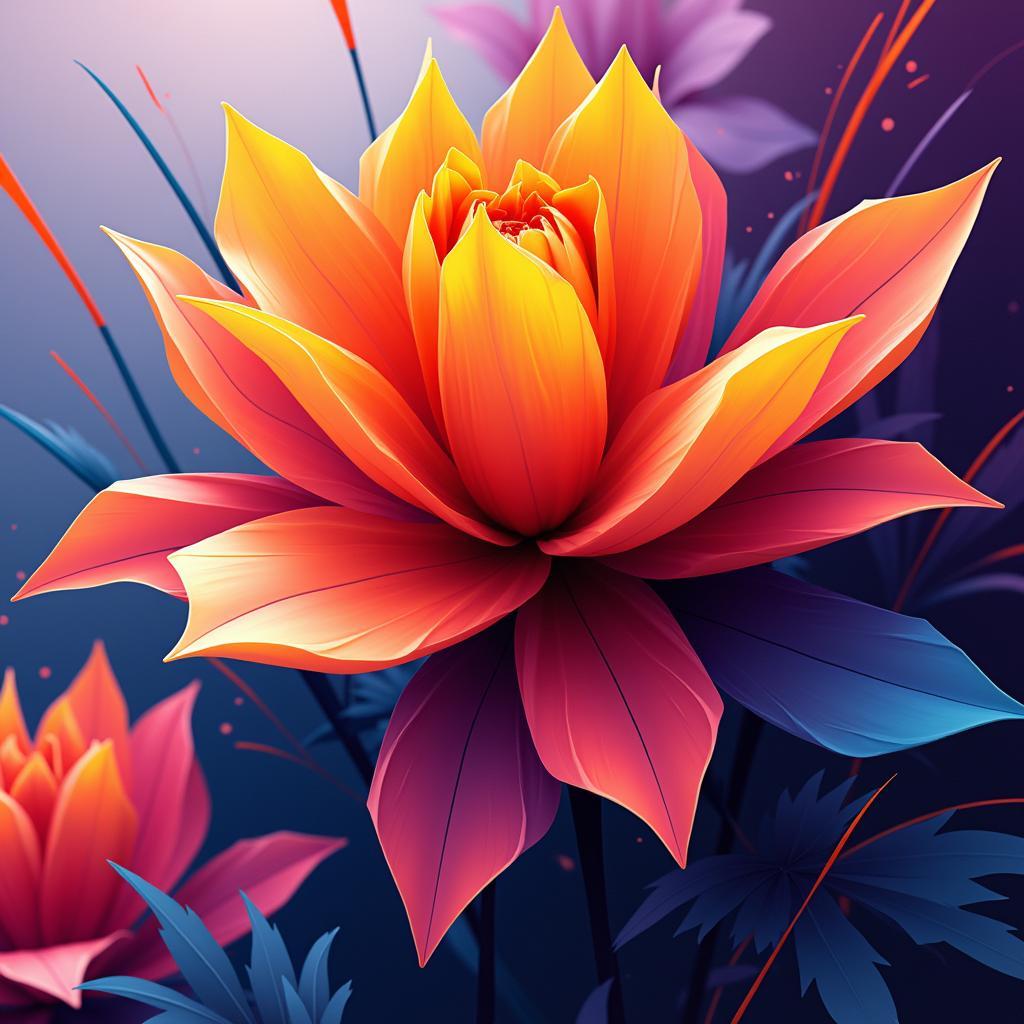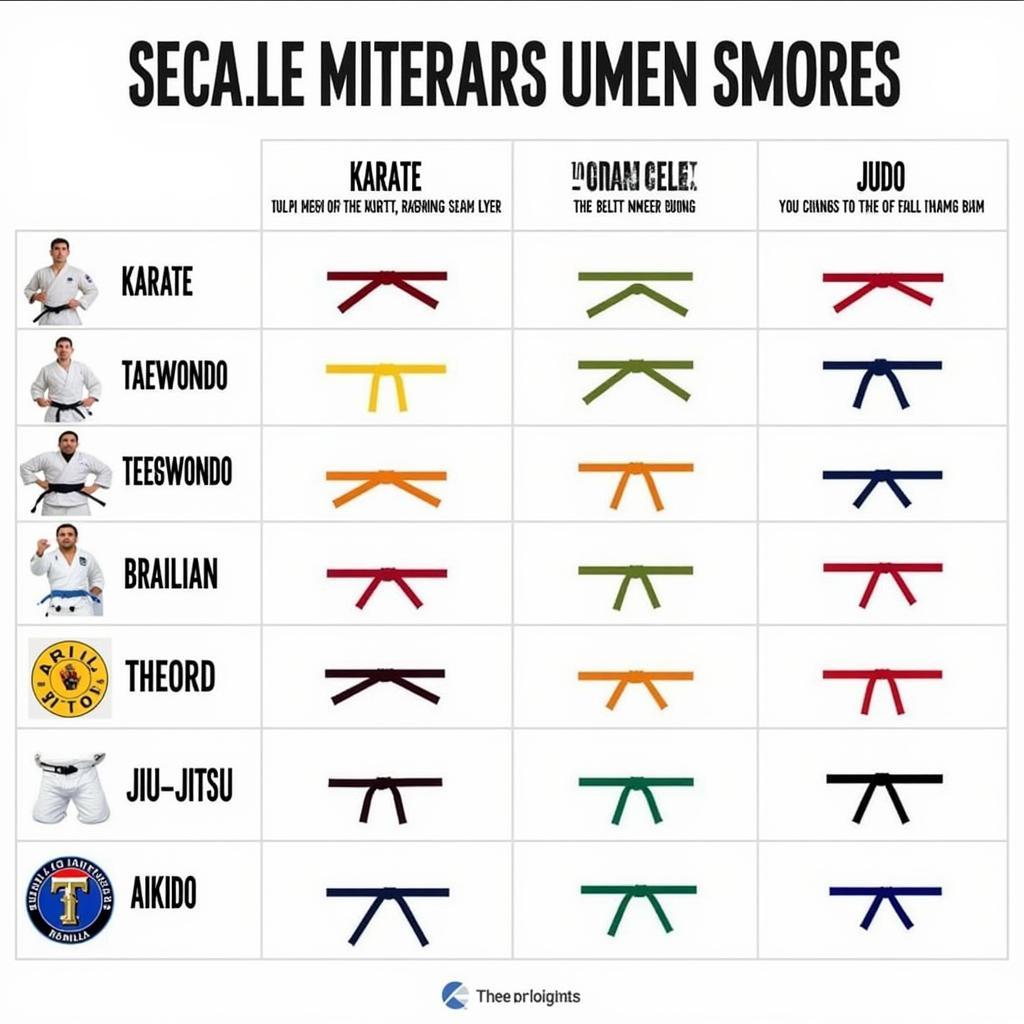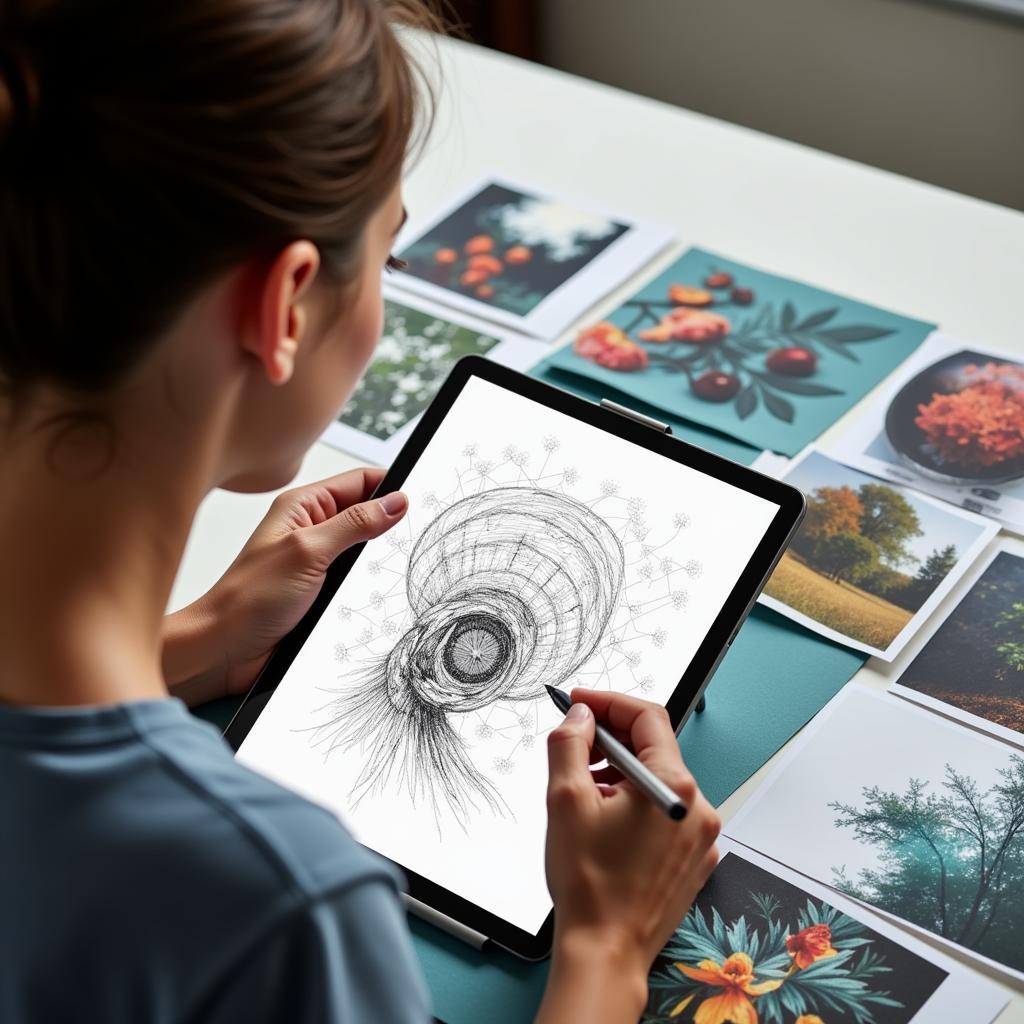Flowers in Modern Art: A Blooming Evolution
From the vibrant sunflowers of Van Gogh to the delicate poppies of Georgia O’Keeffe, flowers have captivated artists for centuries. Modern art, however, witnessed a fascinating transformation in the way these natural wonders were perceived and portrayed. Gone were the days of mere botanical illustration; flowers in modern art blossomed into powerful symbols of emotions, societal changes, and artistic exploration.
Breaking Free from Tradition: Abstract Interpretations of Floral Beauty
 Abstract Flowers in Imaginary Space
Abstract Flowers in Imaginary Space
The early 20th century ushered in a wave of artistic movements like Impressionism, Fauvism, and Expressionism that dared to see flowers through a new lens. Artists like Claude Monet and Pierre-Auguste Renoir moved away from realistic depictions, instead capturing the fleeting effects of light and atmosphere on flower gardens. Their canvases burst with vibrant hues and loose brushstrokes, conveying the essence and emotion of the scene rather than a faithful reproduction.
Beyond the Canvas: Exploring New Mediums and Forms
 Metal Sculpture of Abstract Flowers
Metal Sculpture of Abstract Flowers
Modern art didn’t limit itself to traditional canvases. Sculptors like Constantin Brâncuși and Alexander Calder embraced abstract forms, using materials like metal and wire to create stylized floral sculptures that emphasized movement and form. These sculptures, often placed in public spaces, invited viewers to interact with the art and experience the essence of a flower in a whole new way.
Symbolism and Social Commentary: Flowers as Powerful Metaphors
Flowers in modern art often transcended their literal representation to become potent symbols. Georgia O’Keeffe’s magnified blossoms, for instance, celebrated feminine strength and sexuality. Frida Kahlo’s self-portraits frequently featured vibrant flowers, contrasting with her physical pain and reflecting her resilience. The use of flowers as metaphors for human emotions, societal issues, and political commentary continues to resonate in contemporary art today.
Conclusion
From the Impressionists’ vibrant gardens to the abstract sculptures of modern masters, flowers in modern art have undergone a remarkable transformation. They have transitioned from mere subjects of beauty to powerful vehicles for expressing emotions, ideas, and social commentary. By embracing diverse styles, mediums, and interpretations, artists have shown us that the beauty of flowers lies not just in their appearance but also in their symbolic power and ability to inspire endless creative possibilities.


